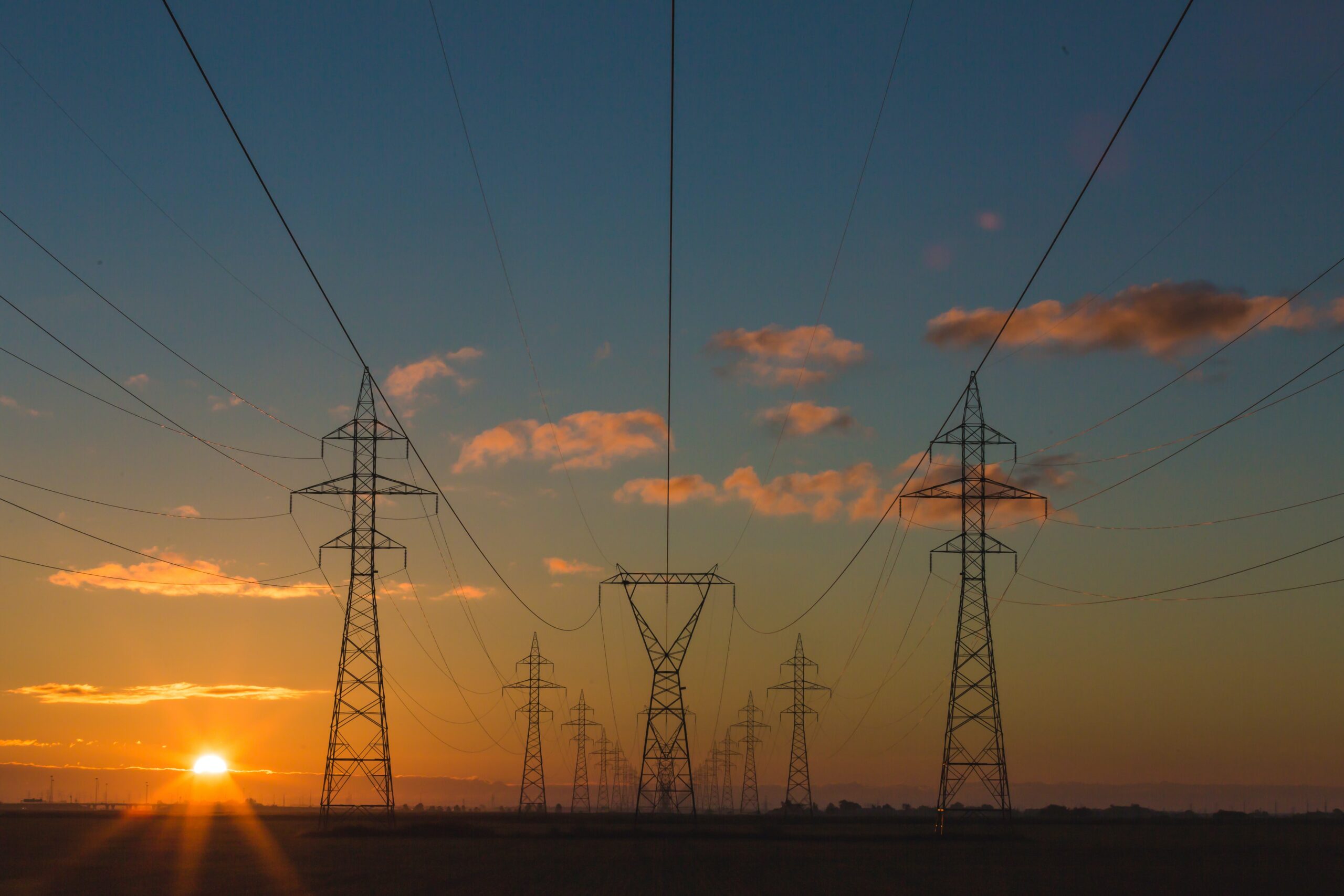The report ‘World Energy Outlook 2022’ says that the global energy demand for fossil fuels could either peak or plateau in coming decades.
RH Desk
October 24
As the world is grappling with an energy crisis triggered by the Russia-Ukraine war, the International Energy Agency (IEA) believes it could well be a turning point towards more sustainable and secure energy system.
The report ‘World Energy Outlook 2022’, released by the Agency on Thursday, says that the global energy demand for fossil fuels could either peak or plateau in coming decades.
“The global energy crisis triggered by Russia’s invasion of Ukraine is causing profound and long-lasting changes that have the potential to hasten the transition to a more sustainable and secure energy system,” says the IEA report. “With unrelenting geopolitical and economic concerns, energy markets remain extremely vulnerable, and the crisis is a reminder of the fragility and unsustainability of the current global energy system”.
The report says that alongside short-term measures to try to shield consumers from the impacts of the crisis, many governments are now taking longer-term steps. “Some are seeking to increase or diversify oil and gas supplies, and many are looking to accelerate structural changes,” it says. “The most notable responses include the US Inflation Reduction Act, the EU’s Fit for 55 package and REPowerEU, Japan’s Green Transformation (GX) programme, Korea’s aim to increase the share of nuclear and renewables in its energy mix, and ambitious clean energy targets in China and India”.
The report further says that the new measures could be a beginning towards global clean energy investments. “In the WEO’s Stated Policies Scenario, which is based on the latest policy settings worldwide, these new measures help propel global clean energy investment to more than USD 2 trillion a year by 2030, a rise of more than 50% from today.” the report says.
The IEA report says that as markets rebalance in this scenario, the upside for coal from today’s crisis is temporary as renewables, supported by nuclear power, see sustained gains. As a result, a high point for global emissions is reached in 2025. At the same time, international energy markets undergo a profound reorientation in the 2020s as countries adjust to the rupture of Russia-Europe flows.
“Energy markets and policies have changed as a result of Russia’s invasion of Ukraine, not just for the time being, but for decades to come,” says IEA Executive Director Fatih Birol. “Even with today’s policy settings, the energy world is shifting dramatically before our eyes. Government responses around the world promise to make this a historic and definitive turning point towards a cleaner, more affordable and more secure energy system.”
A statement issued by the IEA says that for the first time ever, a WEO scenario based on today’s prevailing policy settings – in this case, the Stated Policies Scenario – has global demand for every fossil fuel exhibiting a peak or plateau. “In this scenario, coal use falls back within the next few years, natural gas demand reaches a plateau by the end of the decade, and rising sales of electric vehicles (EVs) mean that oil demand levels off in the mid-2030s before ebbing slightly to mid-century.,” it says. “This means that total demand for fossil fuels declines steadily from the mid-2020s to 2050 by an annual average roughly equivalent to the lifetime output of a large oil field. The declines are much faster and more pronounced in the WEO’s more climate-focused scenarios”.




